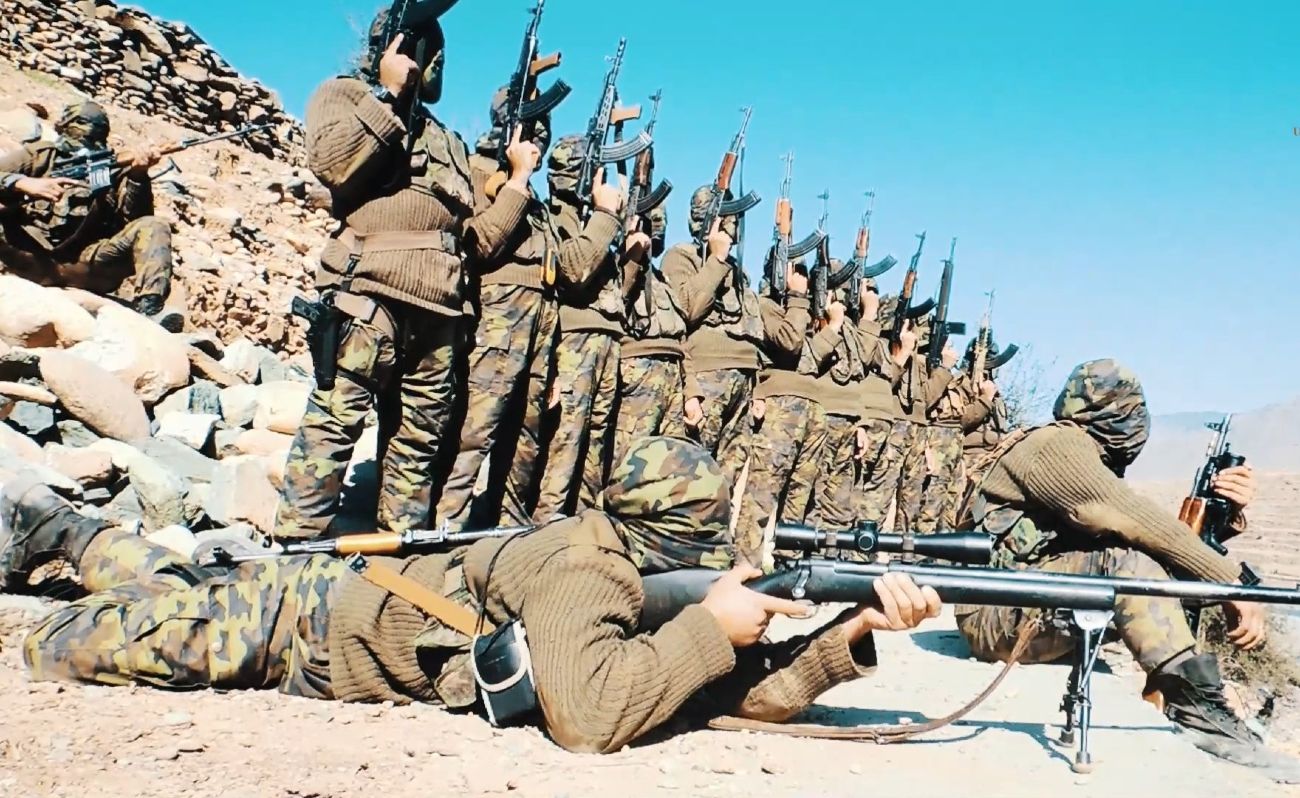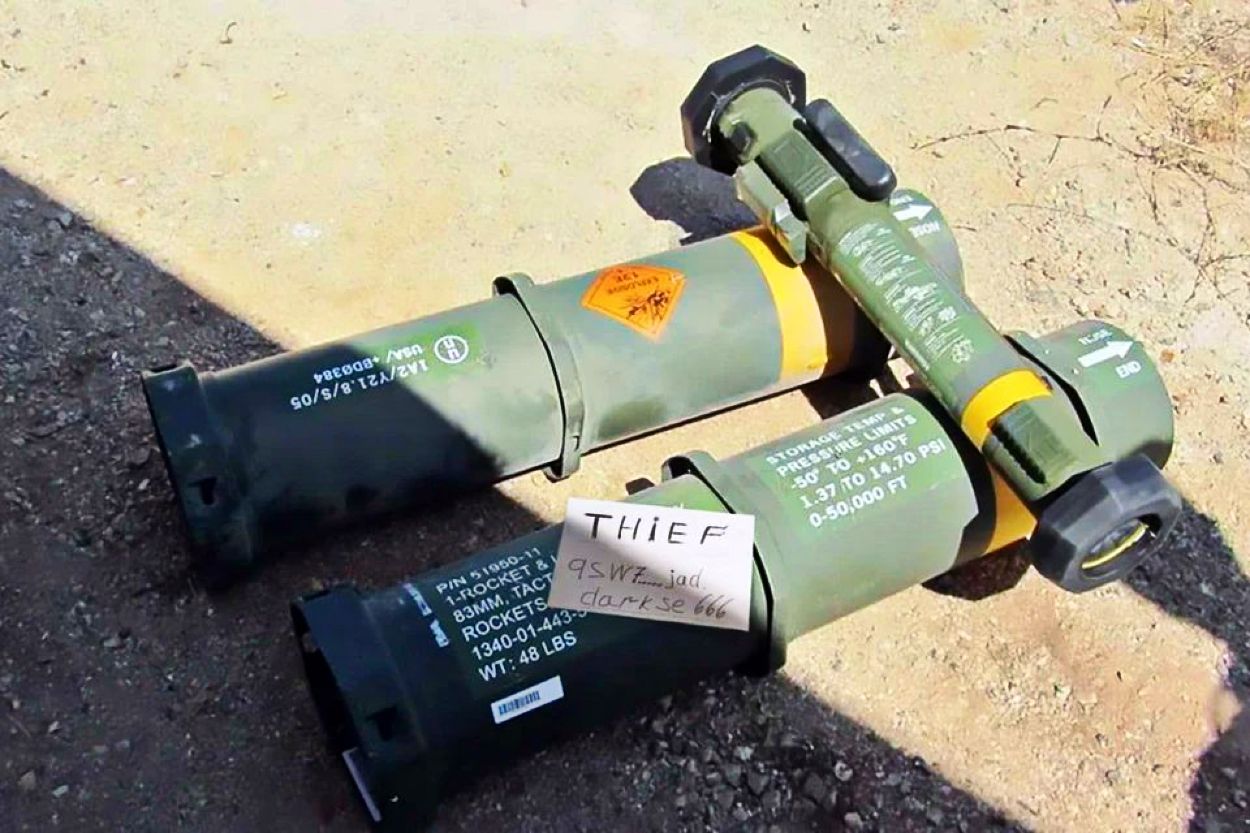The five-day eighth annual Arms Trade Treaty (ATT) conference (August 22-26) ended in Geneva. Though not much information has appeared in the public forums about its discussions and deliberations, the future challenges to its growth are becoming increasingly problematic, given the reports of Western arms meant as help or assistance to countries like Ukraine, Iraq, and Afghanistan falling in the hands of either terrorists or black-marketers.
It seems that the Treaty’s efforts to regulate the transfer of conventional weapons continue to be questioned, ignored, and breached – by the ATT’s signatories and other powerful nations.
The ATT is a United Nations-initiated international treaty that regulates international trade in conventional arms and seeks to prevent and eradicate illicit trade and diversion of conventional arms by establishing international standards governing arms transfers.
The Treaty deals with battle tanks, armored combat vehicles, large-caliber artillery systems, combat aircraft, attack helicopters, warships, missiles, missile launchers, small arms, and light weapons.
The Treaty came into force on December 24, 2014. Currently, the Treaty has a total of 111 States-Parties and 30 States that have signed but not yet ratified the Treaty. Some States have signed but are no longer interested in becoming State parties.
Important countries not giving importance to the ATT include the United States, Russia, India, and Saudi Arabia, the first two among the world’s largest arms exporters and the third and fourth being among the largest importers.
As Professor Swaran Singh of the Delhi-based Jawaharlal Nehru University points out, the Treaty’s efforts to regulate the transfer of conventional weapons continue to be questioned, ignored, and breached – by the ATT’s signatories, including China, as well as by other powerful nations.
All parties to the ATT are required to provide annual reports detailing their trade in conventional weapons in the preceding year. But, with its rising numbers of signatory states, the proportion who comply has fallen from 84% in 2015 to just 52% in 2021.
There is no global consensus on preferred guidelines for what constitutes illegal arms transfers and how these should be regulated. Nations provide armed assistance, guided by their national interests, not under agreed norms and laws dealing with transnational crime, cross-border terrorism and insurgencies, and armed intervention of one country in another.
The situation becomes all the more problematic when one country’s terrorists are another country’s freedom fighters; or, for that matter, when a third country’s nationals or non-state actors fight the war of a country you support against a country that you consider as your enemy.
All these facets have been seen in the major armed conflicts that the world has seen in recent years. The United Kingdom sold arms to Saudi Arabia, but many of these were used in the Yemen civil war.
Similarly, many weapons came to Iraq along with the US-led invasion in 2003. More weapons were poured into Iraq in subsequent years. But it was seen in 2014 that most of these weapons meant for the Iraqi forces were in the hands of ISIS, which took over large parts of the country.
Taliban Taking Over Weapons Left By US
The case of Afghanistan is also no different. The volume of US military assistance to Afghanistan forces over 20 years was staggering, with $83 billion spent to train and equip an army that, after years of heavy battlefield losses, finally melted away last year before the Taliban.

Between 2003 and 2017, the United States had provided Afghan forces with at least 600,000 light weapons such as M-16 and M-4 rifles, 76,000 vehicles, 16,000 night-vision goggles, 162,000 radios, and other communications equipment, according to a 2017 Government Accountability Office report.
Over the next two years, that is, up to 2019, the US shipped another 4,700 Humvees, 20,000 hand grenades, thousands of small munitions, and grenade launchers, according to a 2020 Special Inspector General for Afghanistan Reconstruction report.
In fact, in 2021 itself, between April and July, the US provided the Afghan forces fighting the Taliban with over 1,000 2.75′ rockets, 61,000 40mm explosive rounds, 900,000 rounds of .50 ammunition, and above 2 million 7.62 rounds.
But it so happened that a bulk of these weapons were sold to the militias inside the country and in places such as Pakistan, according to Guy Lamb, safety and violence initiative director at the University of Cape Town. And after the Americans left, the Taliban took complete control of the weapons left.
In fact, in a wide-ranging interview with Fox television on August 26, Suhail Shaheen, Afghan Taliban spokesman, proudly said that the weapons and equipment left in the wake of the US withdrawal were “the asset of the people of Afghanistan” and “for the protection of our people, our borders.”
And what is more worrisome, after the Taliban takeover, some of these American weapons are being diverted to “proscribed outfits” in other countries. On August 23, the outlawed Tehreek-i-Taliban Pakistan (TTP) released a new video showcasing its preparedness to fight the war against the Pakistani Army.
It showed terrorists training with US weapons from Afghanistan, including M24 sniper rifles, M4 carbines with Trijicon ACOG scopes, and M16A4 rifles with a thermal scope.
Arms For Sale On Dark Web In Ukraine
One is witnessing today in Ukraine the manifestation of the same phenomenon of intending arms falling into the wrong hands. The EurAsian Times has already reported that Ukraine had a bad reputation as a hub of smuggled arms and ammunition, even before the Russian invasion. And after the invasion, this image has further worsened.
The EurAsian Times reported last week how weapons delivered by Western countries to Ukraine to counter the Russian offensive had been advertised for sale in the Middle East and North Africa.

Incidentally, as the Pentagon rushes to replenish billions of dollars in weapons sent to Ukraine, its Acting Inspector General Sean O’Donnell has told Bloomberg in an interview that “he’s on high alert for signs of fraud and abuse in the thousands of contracts being awarded.” Defense attaché Brigadier General Garrick M. Harmon has arrived in Kyiv for arms control and monitoring.
Roughly speaking, if various reports are to be believed, the US has committed over $23 billion in military aid to Ukraine since the start of the war at the end of February. Besides, the United Kingdom has committed $3.7 billion, Germany $1.4 billion, and Poland $1.8 billion, with multiple other countries following suit. All these are military aid, including arms and ammunition.
However, Ukrainian authorities cannot pin down the exact location of the arms and other military equipment supplied by the United States as all of their accounting is done “on paper” by using “hand receipts,” Sean O’Donnell told Bloomberg. He added that “he doubts the Kyiv authorities have much fidelity” regarding where the arms end up.
Jonas Ohman, founder, and CEO of Blue-Yellow, a Lithuania-based organization that has been meeting with and supplying frontline units with non-lethal military aid in Ukraine since the start of the conflict with Russia-backed separatists in 2014, says that just “30-40%” of the supplies coming across the border reached its final destination. However, the situation has shown slight improvements of late.
Ohman points out how a combination of Ukraine’s constantly shifting front lines with its extensive volunteer and paramilitary forces (many from foreign countries in their capacities) and mercenaries has made delivery of military aid difficult for those attempting to navigate the dangerous supply lines to their destination.
As a result, some weapons fall into Ukraine’s black market, which has thrived on corruption since the collapse of the Soviet Union. “There are like power lords, oligarchs, political players,” he adds, describing the corruption and bureaucracy one has to work around.
But then, controlling the flow of weapons on the battlefield is generally tricky, mainly when the donors are not fighting the war in Ukraine. At best, they can monitor, which at least the US, the most significant donor, has decided to do.
- Author and veteran journalist Prakash Nanda has been commenting on politics, foreign policy on strategic affairs for nearly three decades. A former National Fellow of the Indian Council for Historical Research and recipient of the Seoul Peace Prize Scholarship, he is also a Distinguished Fellow at the Institute of Peace and Conflict Studies. CONTACT: prakash.nanda@hotmail.com
- Follow EurAsian Times on Google News




